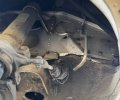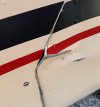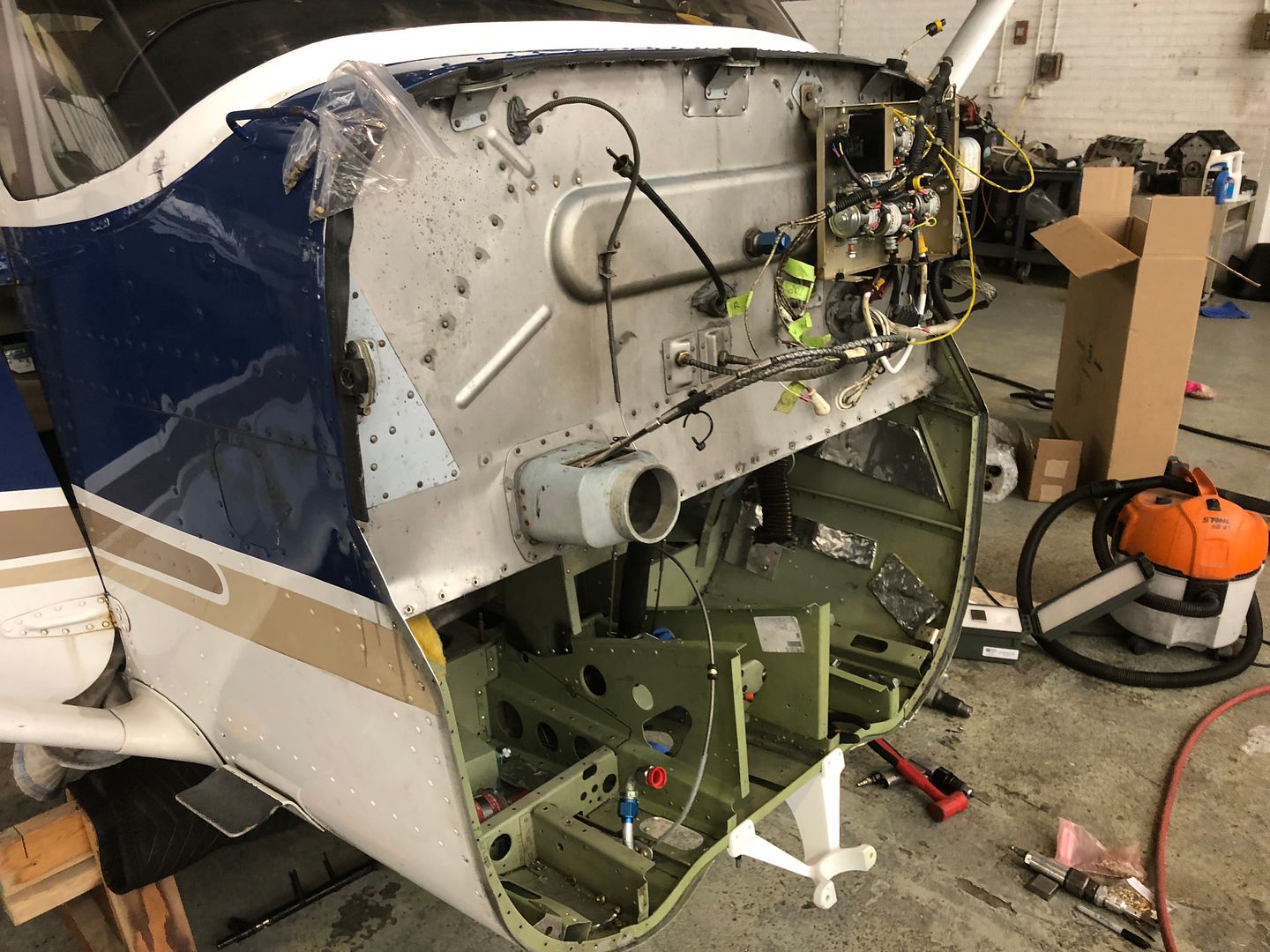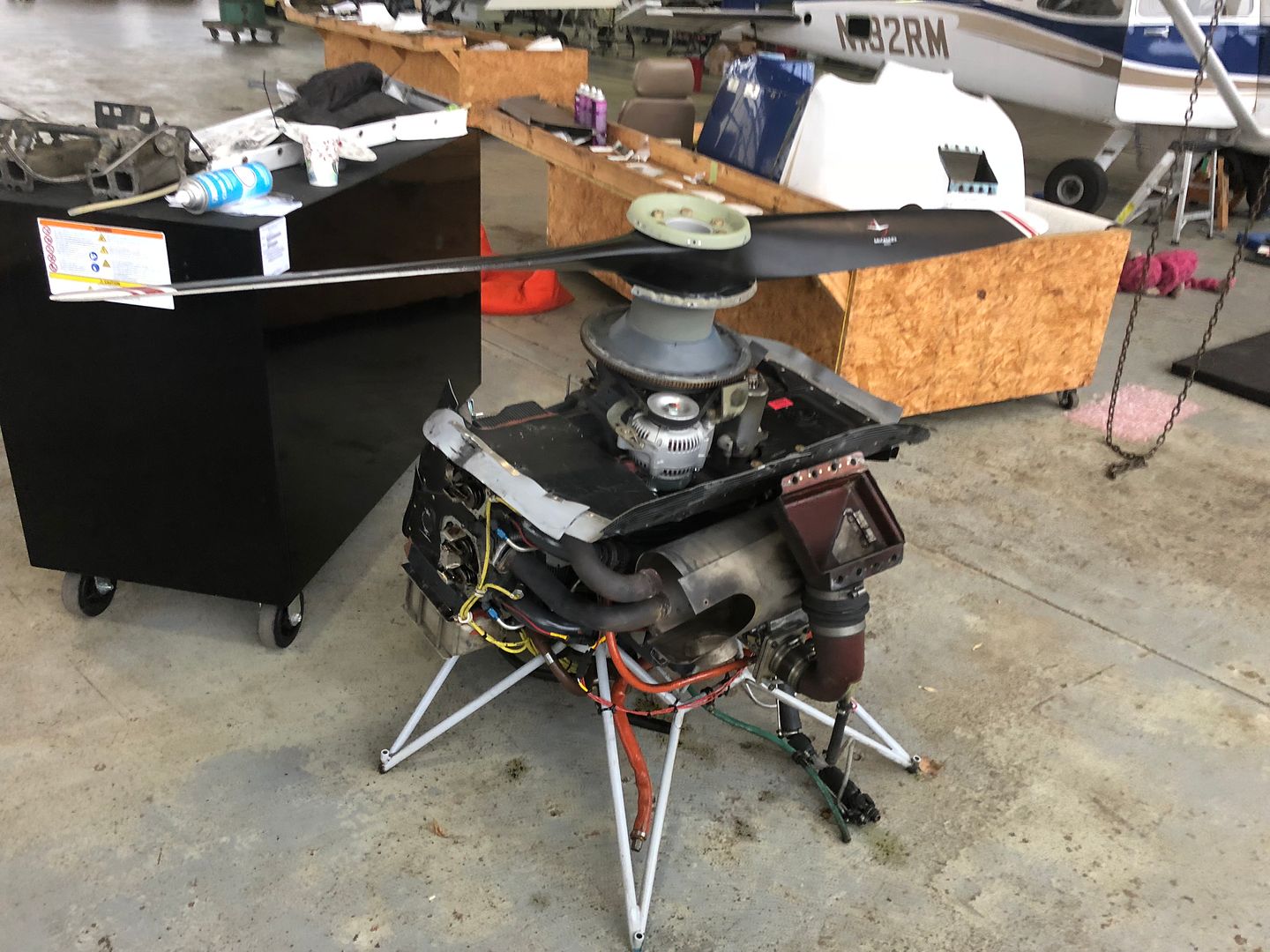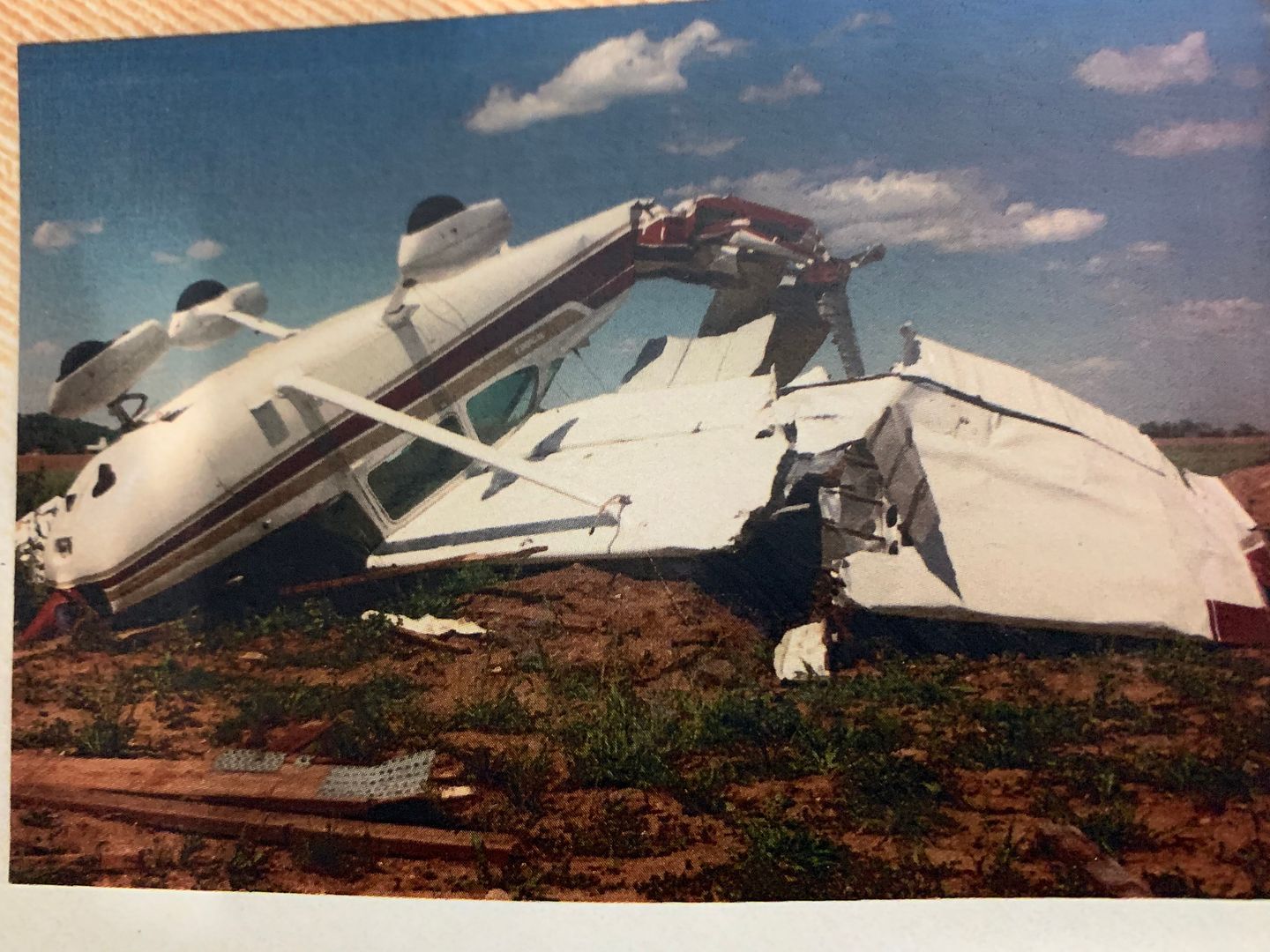Rick Paull
Filing Flight Plan
- Joined
- May 8, 2023
- Messages
- 1
- Display Name
Display name:
Rick
I have just purchased a 1967 172H that had a bad landing resulting in the nose wheel has been forced to the left and has put a crinkle in the firewall , forced a crinkle on the outside exterior panel on the left side as well I think the wheel must be aft as there is signs of distortion where your heels rest behind the rudder pedals on both sides… is this repairable or should I part the plane out? It has a lot going for it this plane with only 1900ttsn.

